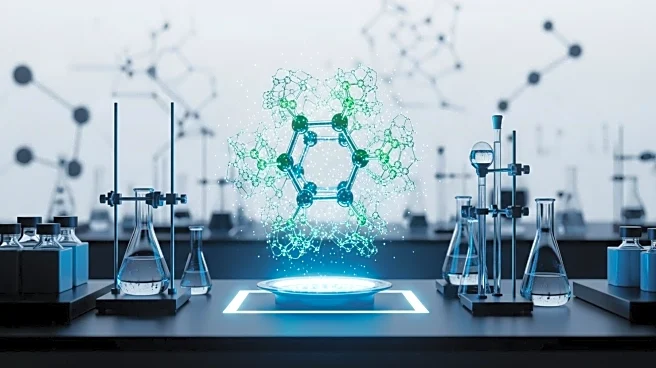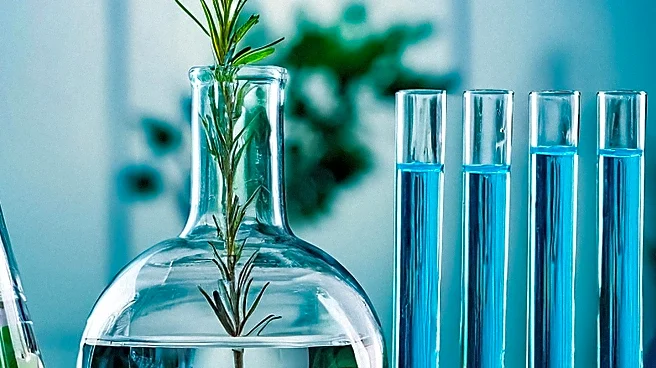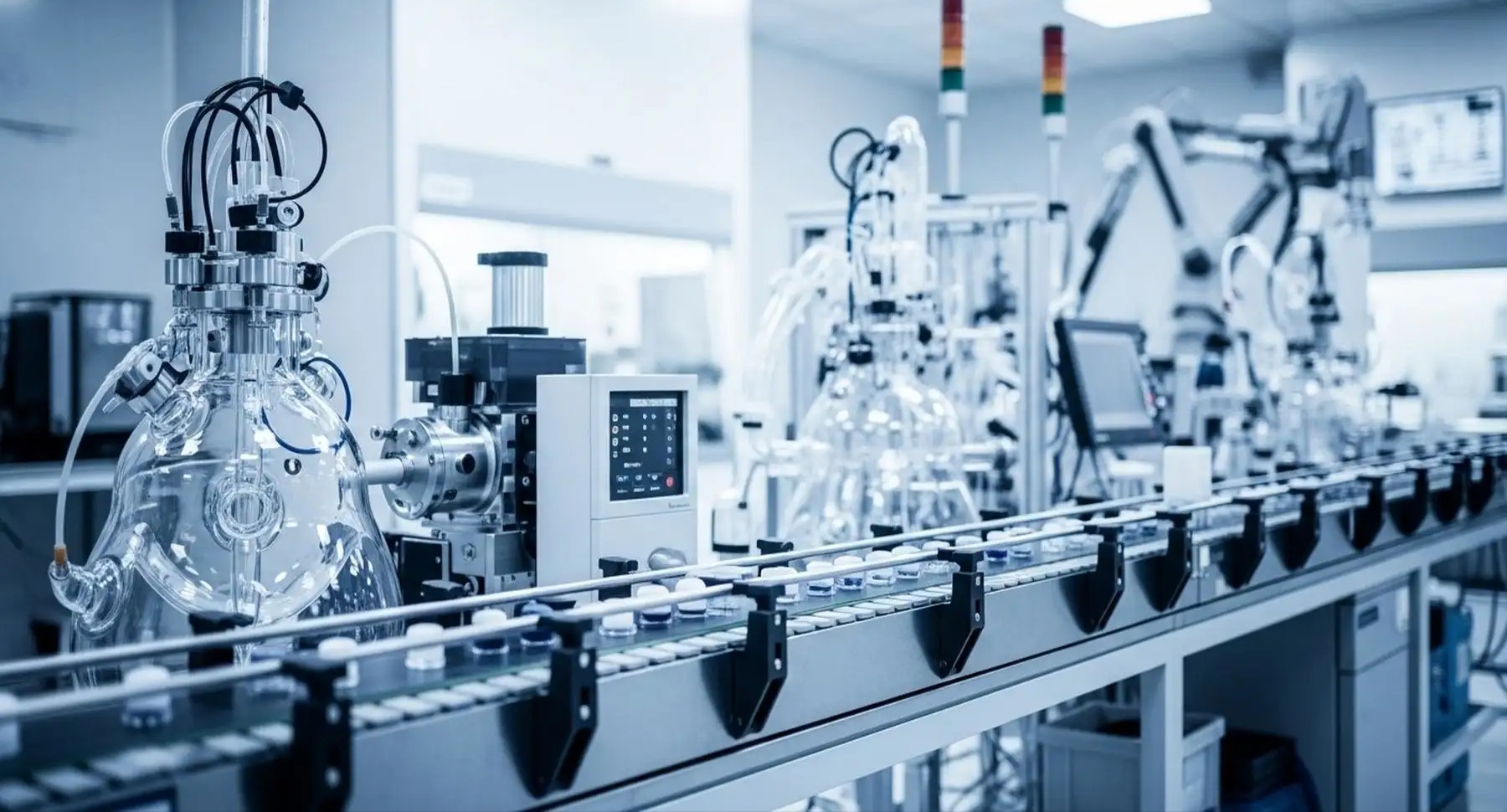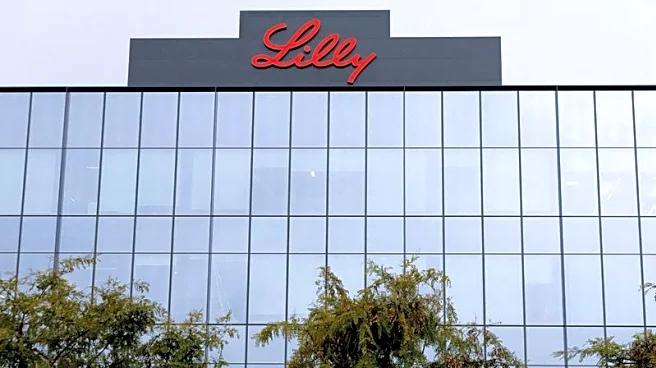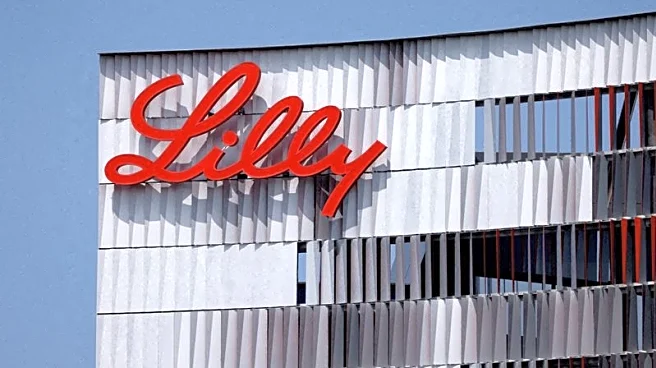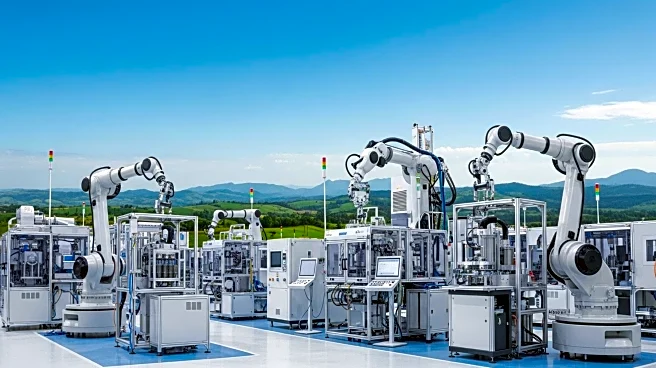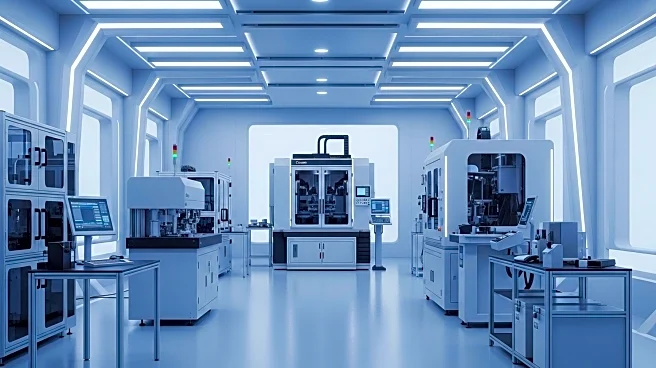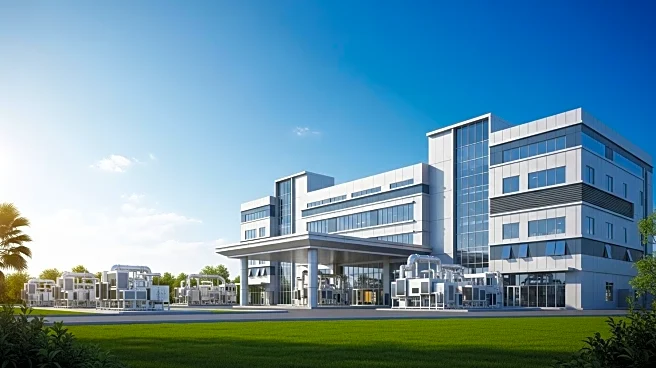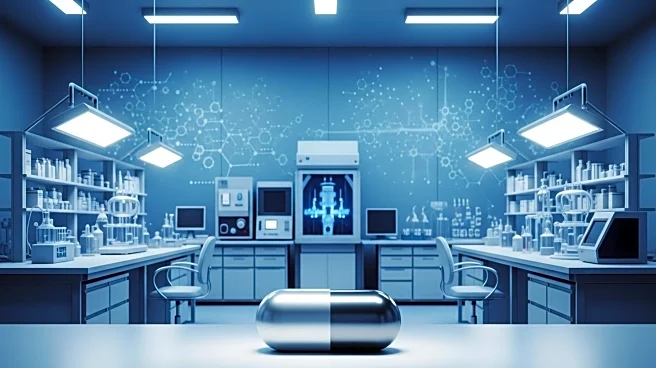What's Happening?
Researchers from the University of Maine, USDA Forest Products Laboratory, and University of Wisconsin have developed a new sustainable method to produce pharmaceuticals, potentially lowering prescription drug costs. The discovery focuses on producing (S)-3-hydroxy-γ-butyrolactone (HBL), a crucial building block for chiral drugs, from glucose at high concentrations. This method combines biochemical and chemical processes using renewable sugars, offering a simpler and more cost-effective alternative to current production methods. The process could significantly reduce the cost of drugs like statins and antibiotics, which require chiral centers, by utilizing biomass sugars as feedstock.
Why It's Important?
The new method for producing HBL could have a profound impact on the pharmaceutical industry by reducing production costs and making medications more affordable. Chiral drugs, which are among the most expensive pharmaceuticals, could see price reductions due to the simplified production process. This development not only addresses economic concerns but also promotes sustainability by using renewable resources instead of fossil-based processes. The potential reduction in greenhouse gas emissions and production costs by over 60% compared to current methods highlights the environmental and economic benefits of this discovery.
What's Next?
Researchers plan to scale up the process to identify bottlenecks and move towards commercial production. This could lead to the availability of more affordable pharmaceuticals and new consumer products derived from renewable resources. The method's success may encourage further research and investment in sustainable chemical production, potentially transforming the pharmaceutical industry. As the process is refined, it could open up opportunities for producing other commercially important chemicals, enhancing economic prospects and sustainability.

